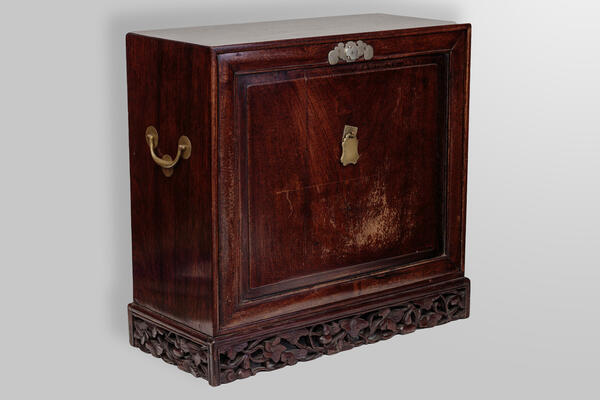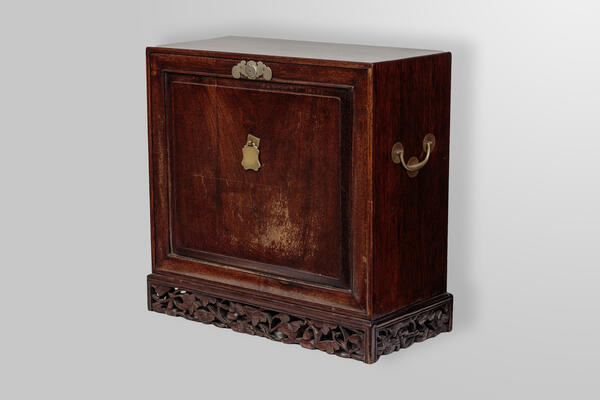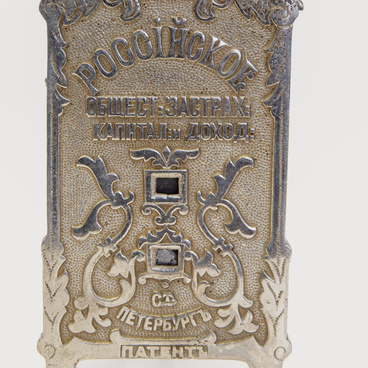A collector’s cabinet is a type of cabinet that appeared in the early 16th century in Italy. Initially, such cabinets were stationary and stood on the floor, but later portable models appeared. They had a hinged lid and many tiers with small drawers. At first such cabinets were used for storing stationery supplies, such as pens, ink, papers, etc. Later many small collectibles were stored in them as well: coins, banknotes, stamps, etc.
In the 17th century, it was almost as if it was required for all European rulers to have a collector’s cabinet in the rooms where they worked with correspondence. Of course, neither money nor engineering wit was spared on decorating such cases, and oftentimes were truly a sight to behold. Subjects tried to imitate their rulers to the best of their capabilities. Peter the Great first got acquainted with such cabinets during a trip to Holland and immediately sent Russian carpenters to England to study cabinet-making. In Russia, these cabinets were installed in every hall where deals for large sums of money were handled. And thus the name of this piece of furniture in the Russian language earned the meaning “study, office”.
In the old days, gentlemen had
to spend a lot of time traveling and even while on the road they needed to handle
their writing duties. For this purpose, portable versions of office-bureaus appeared. Just like their
stationary counterparts, they were richly decorated. Bone, non-ferrous metals,
wood carvings, mother-of-pearl, ornamental stones were used for inlay.
Marquetry was also used. Large and portable cabinets were not an exclusively
European thing. In China there were “guichu” which literally translated to
“locker”. An offshoot of such cabinets were field desks. For example, in the
book “Russian Furniture” by Iraida Bott and Maria Kaneva, you can read:





